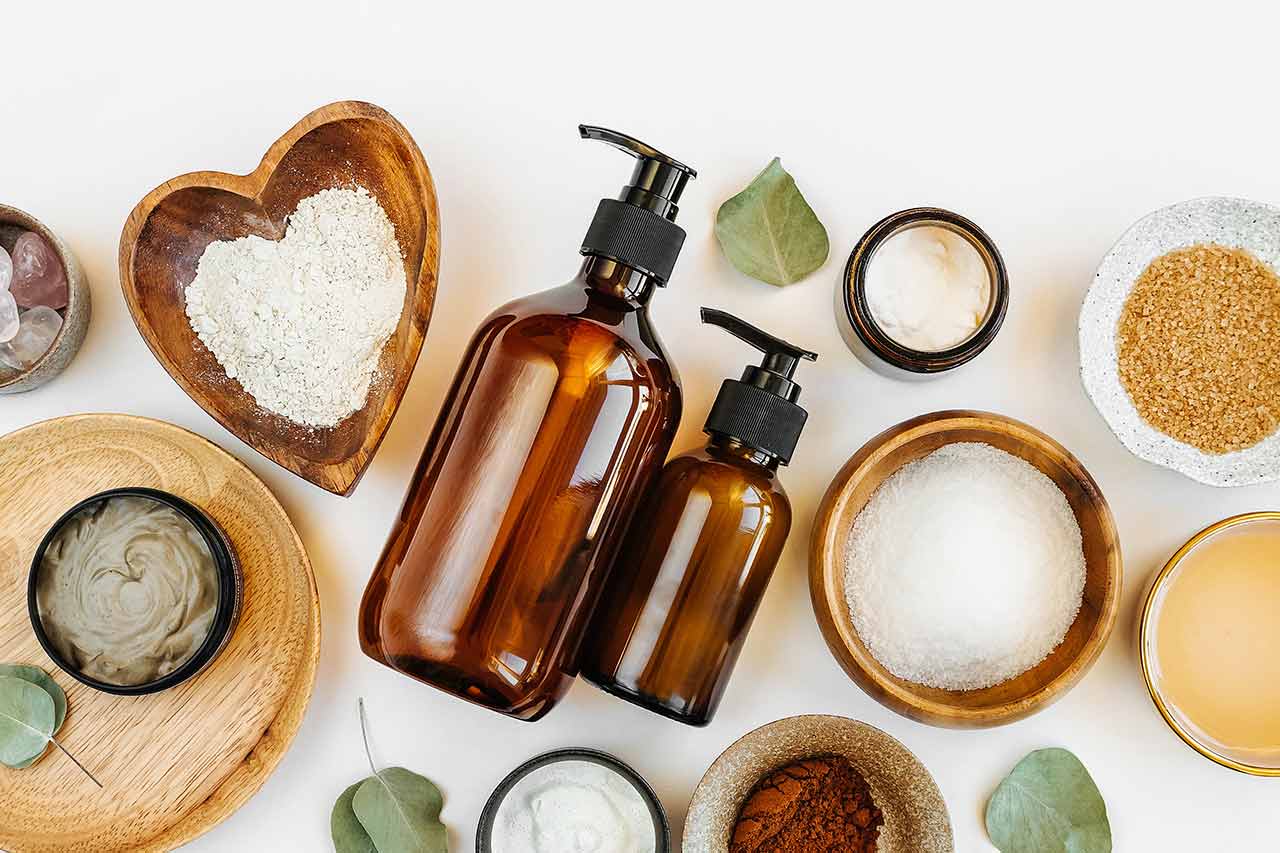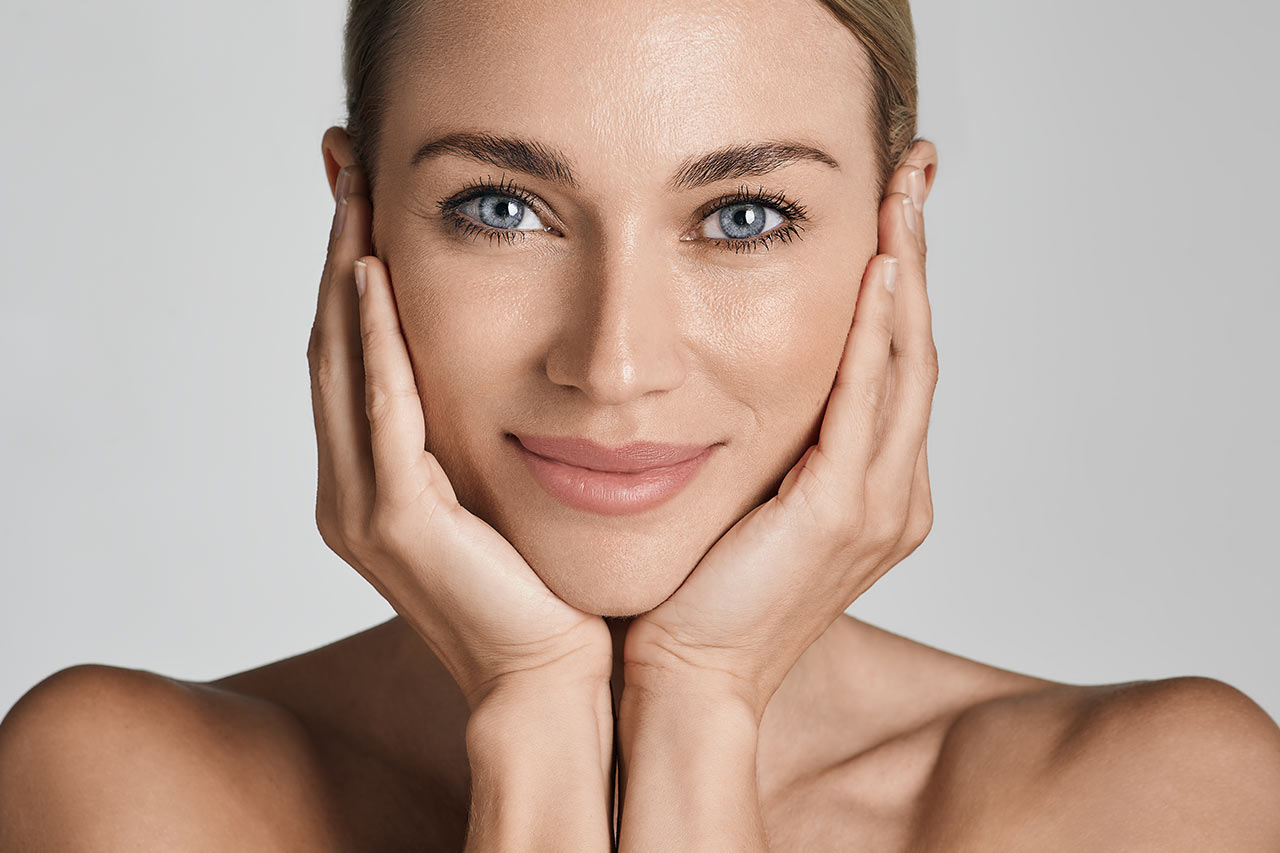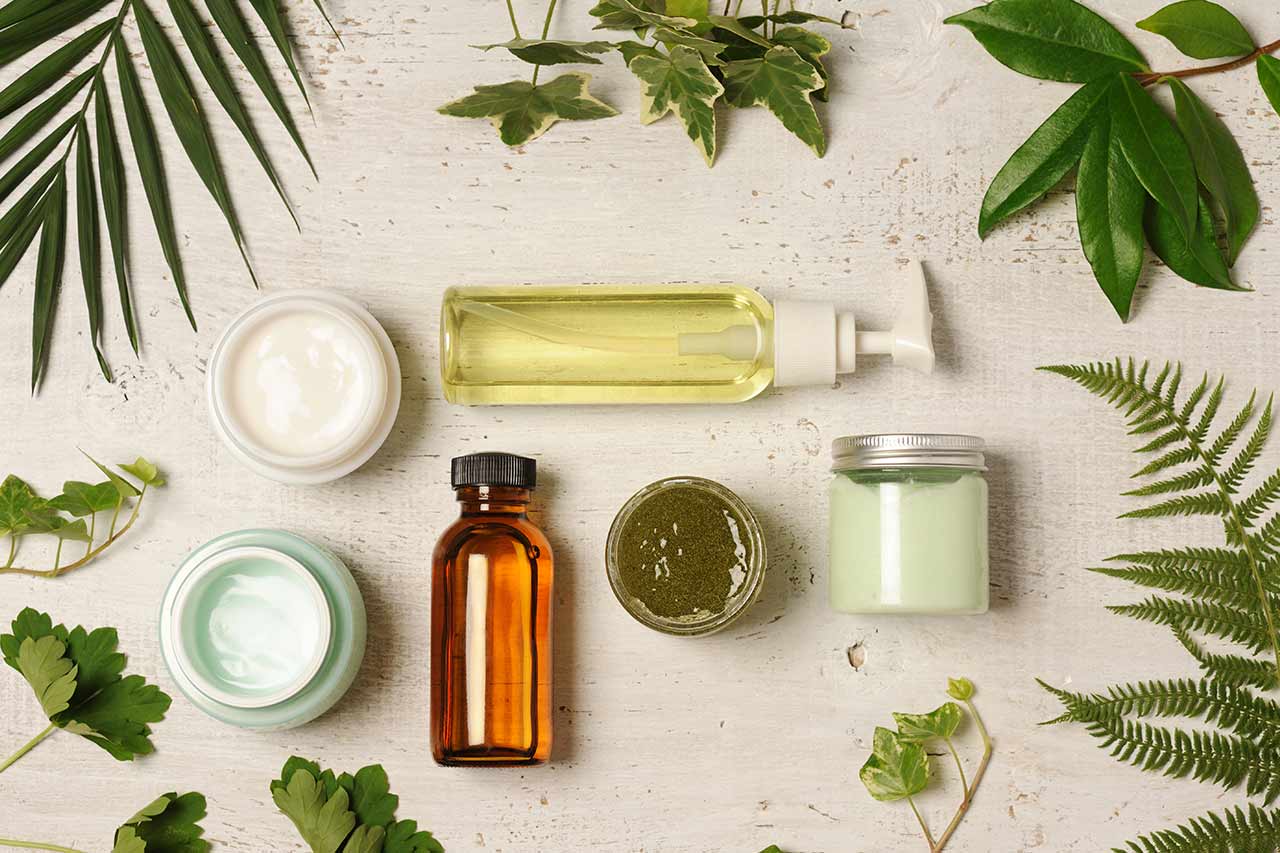Thanks to its 128 sets of chromosomes and a new cryo-extraction process, glacial ficoïd is now inviting itself into our beauty products.
Originally from South Africa, the glacial ficoïd is said to have anti-aging and moisturizing properties. It could help fight wrinkles and cell aging by acting on a very specific protein present in our skin, called the mTor protein. The extract of this plant can be found in Yves Rocher’s “Serum Végétal” product range and is also the main active ingredient in a range of moisturizing products for dry and flaking skin from the Dr. Hauschka brand. The glacial ficoïd is what you might call the chameleon of the plant kingdom. This plant has the exceptional characteristic of being able to adapt to its environment and to survive in extreme conditions. To understand where the plant’s secret properties originate from, one must focus on its karyotype: it has 128 sets of chromosomes, whereas most plants only have 2. This remarkable property, called polyploidy, allows it to constantly adapt to its environment, be it physiologically, metabolically or even morphologically. To ensure its hydration, the plant forms small crystals on its leaves that serve as water reservoirs. In order to preserve the properties of the active ingredients contained in this plant during harvesting, Yves Rocher has developed and patented an exclusive -70°C cryo-extraction process.
Acmella Oleracea or ‘the injection-less vegetal botox’ becomes the new star.
Biotulin® is a spectacular cream that provides the same effects as botox, but with fewer disadvantages. There is no need for injections and no risk of the “frozen face” effect. The miracle plant behind biotulin is Acmella Oleracea, commonly known as mafana. The plant can be found in the formulations of several commercial anti-wrinkle treatments such as Merveillance® (Nuxe), Mystérieux Repulpant® (Garancia) and Gatuline® Expression (Gattefosse). All these products are easy-to use and are sold as topical gels. Mafana is not entirely new as it has already been used for a long time in Réunion (French island) and Madagascar, both as a food and a medicinal plant. It is even one of the ingredients of the Malagasy national dish – the romazava.
The Acmella Oleracea has anti-inflammatory and anesthetic properties making it a powerful active ingredient in cosmetics. It suppresses facial wrinkles thanks to spilanthol, an anesthetic aliphatic amide that acts directly on the spontaneous micro-contractions of skin cells. Thus the mafana, through its muscle relaxing action, helps reduce wrinkles and fine lines both in a curative and preventive way, hence its nickname “vegetal botox “.
Kalanchoe, a newcomer at Clarins, helps limit the impact of thermal shocks on our skin, especially in urban areas.
Kalanchoe is at the heart of Clarins’ new Hydra-Essential range of products and is part of a broader study conducted by the brand on the impact of thermal shocks on skin hydration. According to this study, the skin suffers an average of 17 thermal shocks per day. These sudden temperature variations harm our skin and cause it to lose its self-moisturizing capabilities. The Kalanchoe, nicknamed “Flower of Life” by the Malagasy people who use it in traditional medicine, is capable of retaining water despite great thermal variations and can therefore withstand drought very well. This plant aims to counteract the harmful impact of repeated and daily thermal shocks on skin hydration by promoting the production of hyaluronic acid, a sponge-like molecule that is present in our dermis and is able to absorb and hold up to a thousand times its weight in water.
As highlighted by L’OCCITANE, “Immortals” become essential in the formulation of natural antiaging products.
Italian Helichryses, also known as “Immortals”, have been in the spotlight since L’Occitane en Provence revealed its exceptional anti-aging properties. Between 2001 and 2013, the brand filed no less than 5 patents on this topic. Made popular by the Immortelle” range of products by L’Occitane en Provence, Italian Helichryses are nowadays used in many commercial anti-ageing products (Léa Nature, So Bio Ethic…). This plant, which endemically grows in the Mediterranean region and especially in Corsica, bears its name because it never fades, even after being picked. Initially known for its powerful anti-traumatic and anti-hematoma effects, the immortal is also known as “the boxer’s oil”. The endemic Helichrysum of Corsica can be distinguished from Helichrysum harvested in other geographical areas by its superiority in anti-aging properties. This is due to its exceptionally high concentration of neryl acetate, one of the active anti-aging ingredients contained in
essential oils.
The sea daffodil, a rather unknown active ingredient, that helps fight brown spots
In order to combat freckles, a number of brands, including Esenka, Cattier, So bio Ethic, Melvita and Lierac, have integrated sea
daffodils into their formulations. Sea daffodil is a plant used to combat the phenomenon of hyperpigmentation of the skin, i.e. the appearance of brown spots due to excessive production and irregular distribution of melanin. These brown spots may have various causes such as aging, sun exposure or hormonal imbalance, especially during pregnancy. The formation of brown spots is driven by both cellular stress molecules and epidermal neuropeptides. According to studies conducted by Codif, the sea daffodil contains an active ingredient capable of acting at both levels, by inhibiting both the POMC protein (pro-opiomelanocortin) and the pro-melanogenesis effects of the neuropeptide. This in turn reduces melanin synthesis and export, resulting in a reduction of the brown spot surface area and pigmentation.
“Product innovation is at the heart of the challenges in cosmetics; for natural and organic cosmetics this involves either extracting new molecules, for example through the development of new extraction processes, or by identifying new plants from which molecules can be extracted ” summarizes Vincent Pessey, Alcimed’s project manager.



